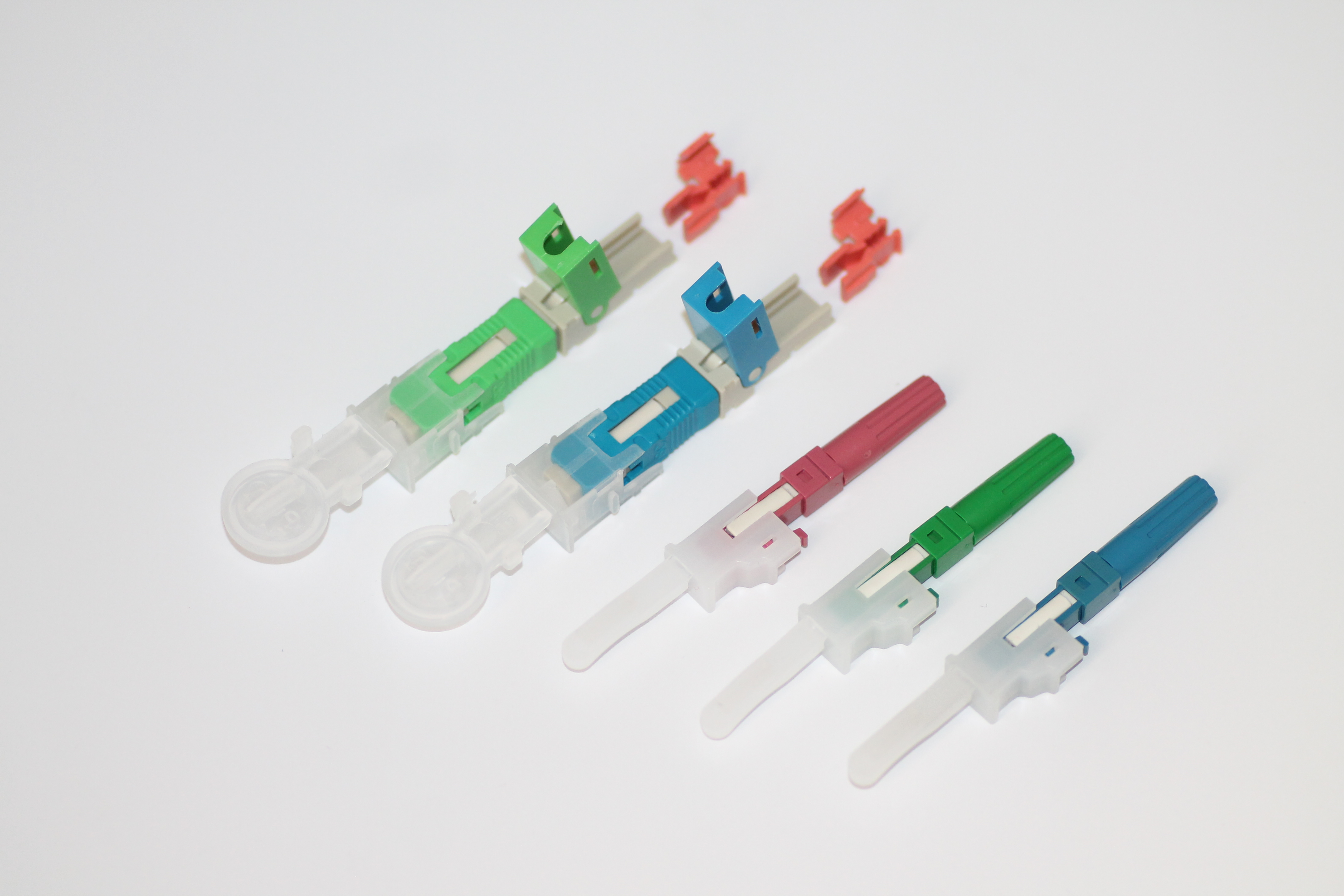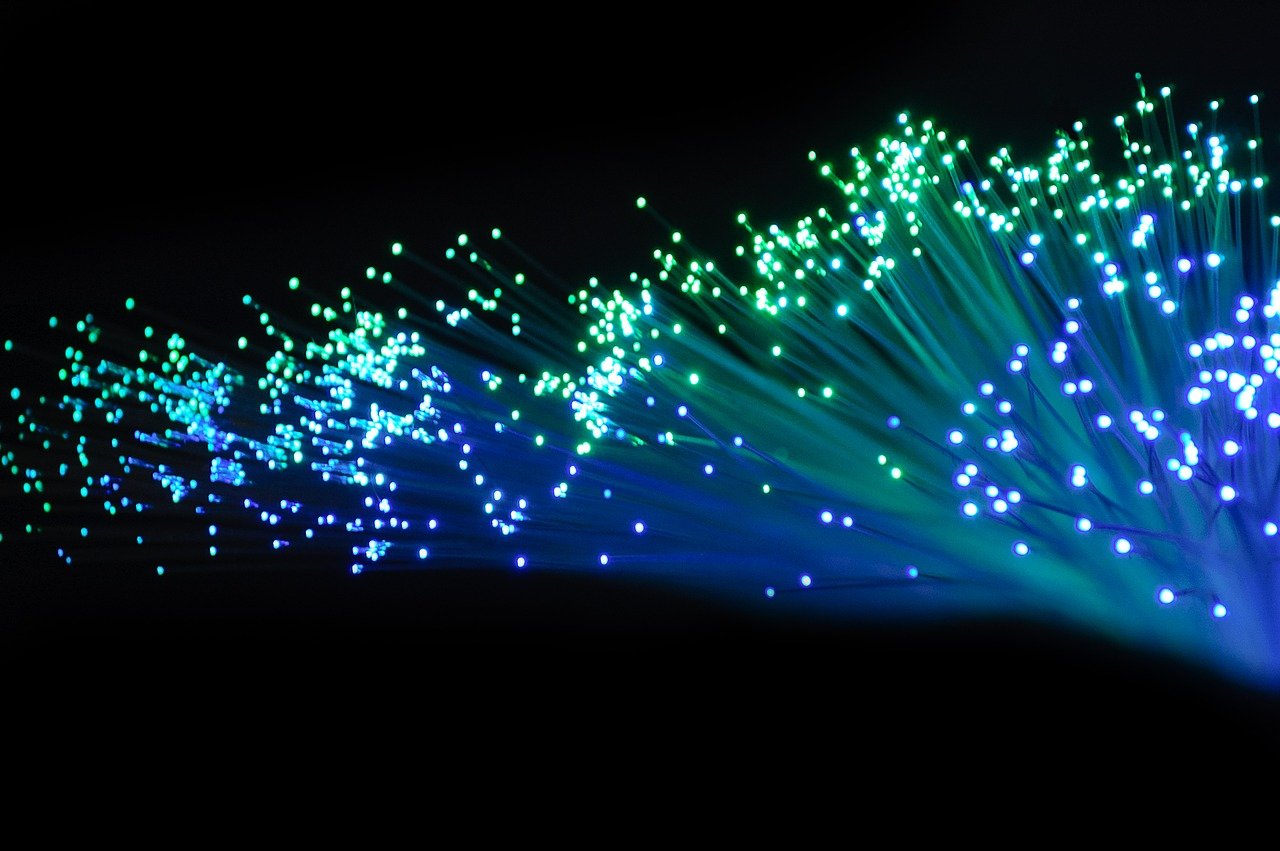Exploring Fiber Optic Connectors: LC Quick Connector vs. SC Fast Connector

Understanding Fiber Optic Connectors
LC Quick Connector
The LC quick connector is widely utilized in various networking and communication applications due to its efficiency and reliability. Its compact size makes it suitable for high-density installations where space is a premium. The installation process for LC quick connectors involves aligning the fibers with a precise mechanism, ensuring optimal signal transmission. This connector type is known for its low insertion loss and high return loss, making it ideal for modern fiber optic technology. The simplicity of usage and the ability to provide seamless connectivity make the LC quick connector a popular choice for fiber cabling in diverse applications.
SC Fast Connector
In contrast, the SC fast connector is renowned for its high-performance capabilities and exceptional reliability in fiber optic connections. It features a push-pull locking mechanism that ensures secure connectivity, making it suitable for critical networking environments. The robust design of the SC fast connector enables it to withstand challenging conditions, offering consistent performance in various applications. With its superior optical alignment and precision engineering, the SC fast connector has become an integral component of modern fiber optic technology, providing reliable connectivity solutions across different industries.
Comparison of LC Quick Connector and SC Fast Connector
Features and Benefits
When comparing the features and benefits of the LC quick connector and SC fast connector, it's essential to consider the specific advantages that each connector offers. The LC quick connector is known for its compact size, making it ideal for high-density installations where space is limited. On the other hand, the SC fast connector features a push-pull locking mechanism that ensures secure connectivity in critical networking environments.
The LC quick connector provides low insertion loss and high return loss, ensuring optimal signal transmission in modern fiber optic technology. Conversely, the robust design of the SC fast connector enables it to withstand challenging conditions, offering consistent performance across various applications.
In terms of benefits, the simplicity of usage and seamless connectivity make the LC quick connector a popular choice for diverse fiber cabling applications. Meanwhile, the precision engineering and superior optical alignment of the SC fast connector contribute to its reputation for reliability in demanding networking scenarios.
Performance and Suitability
Evaluating the performance and suitability of both connectors based on specific connectivity needs is crucial. The keyword 'which is better SC or LC fast connector' emphasizes the importance of making an informed decision about which type of connector best meets individual requirements.
The LC quick connector excels in scenarios where space is a premium, offering efficient connectivity with low insertion loss. In contrast, the SC fast connector stands out in critical networking environments due to its secure push-pull locking mechanism and robust design.
Ultimately, understanding these differences allows users to make well-informed decisions when selecting between these two types of fiber optic connectors.
Application Scenarios
Networking and Telecommunication
In the realm of networking and telecommunication, both the LC and SC connectors play pivotal roles in ensuring seamless connectivity and reliable data transmission. The LC quick connector is well-suited for networking environments where space optimization is crucial. Its compact size allows for high-density installations, making it an ideal choice for interconnecting network equipment in crowded data centers or telecommunications facilities. On the other hand, the SC fast connector excels in scenarios where the emphasis is on robust interconnection. Its push-pull locking mechanism ensures secure linkage, making it suitable for critical networking applications where dependable connectivity is paramount.
The versatility of both connector types enables them to cater to a wide range of networking and telecommunication needs, providing efficient interconnection solutions for various devices and equipment.
Data Centers and IT Infrastructure
In data centers and IT infrastructure settings, the relevance of fiber optic connectors such as the LC quick connector and SC fast connector cannot be overstated. The LC quick connector offers seamless connectivity within the confined spaces of data center racks, facilitating efficient linkage between networking components. Its low insertion loss makes it an optimal choice for maintaining high-performance connectivity within intricate IT infrastructures.
Conversely, the SC fast connector demonstrates its reliability in demanding data center environments by delivering secure interconnection with minimal signal loss. Its robust design ensures consistent performance in challenging conditions, making it a valuable asset in sustaining the integrity of critical IT infrastructure systems.
Both connector types contribute significantly to enhancing the efficiency and reliability of data centers and IT infrastructure through their superior connectivity capabilities.
Choosing the Right Connector
When it comes to selecting the most suitable fiber optic connector, it's essential to carefully assess specific requirements and performance expectations. The decision between the LC quick connector and the SC fast connector plays a crucial role in ensuring optimal connectivity for various applications. Whether it's for high-density installations, critical networking environments, or seamless data transmission, understanding the unique capabilities of each connector type is vital. By evaluating factors such as space constraints, security needs, and signal transmission efficiency, users can make well-informed decisions about which connector best aligns with their connectivity demands.
See Also
Discovering the Advantages of the 960 Core Fiber Optic Splice Closure
The Advantages of Weatherproof FastConnect Fiber Field Assembly Connector
Simplify Cable Solutions with Preconn: An Efficient On-Site Termination Manual
Attaining Optimal Performance and Affordable Fiber Optic Connectivity


